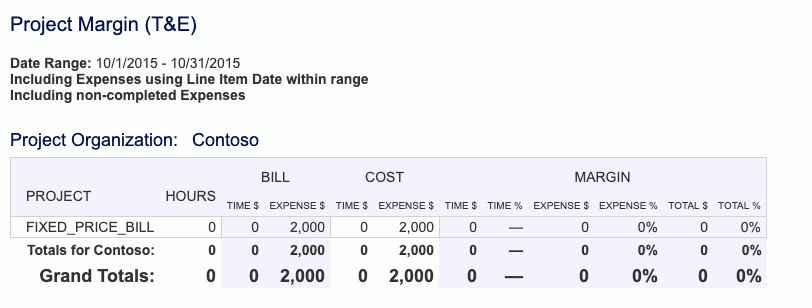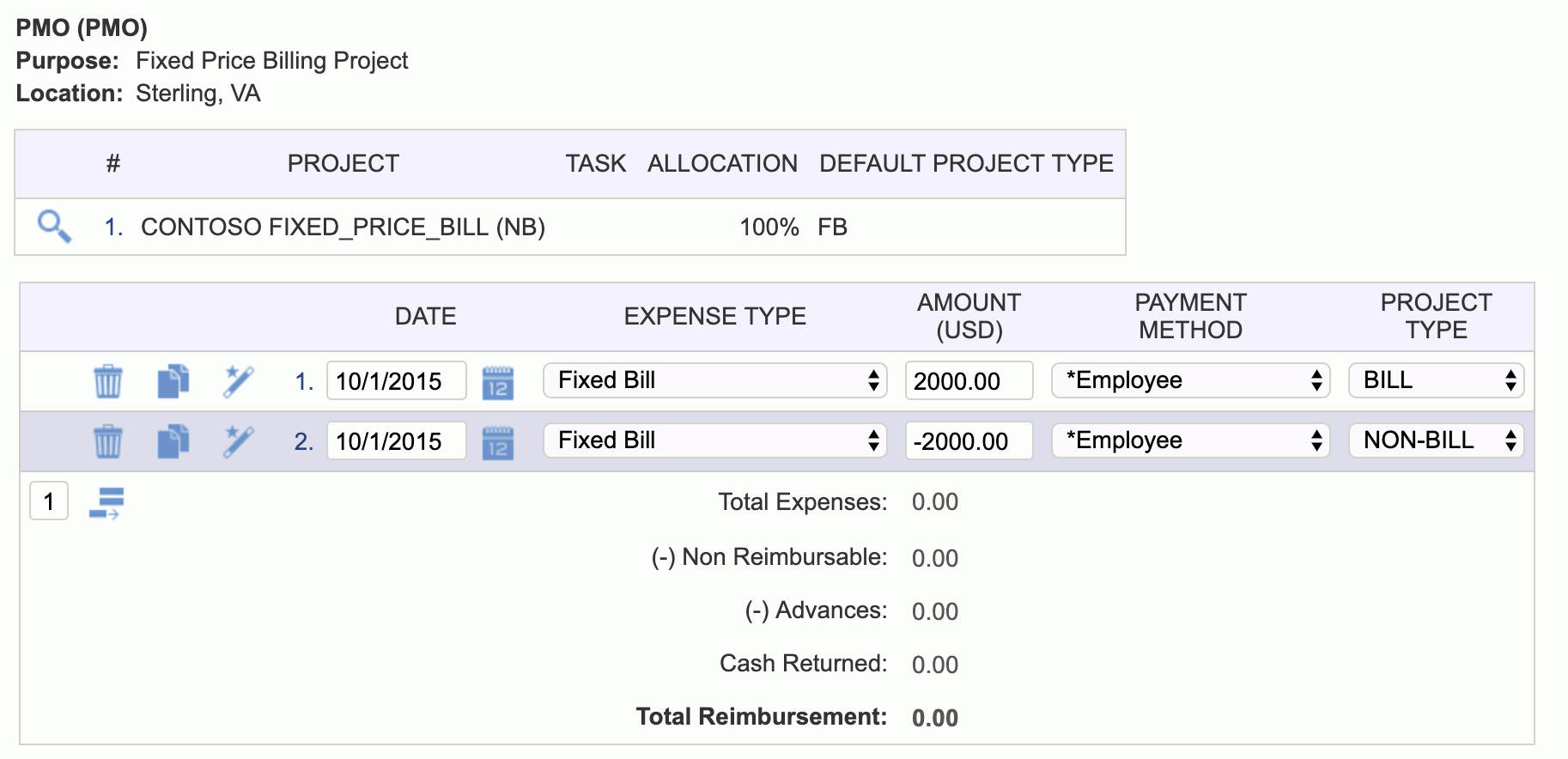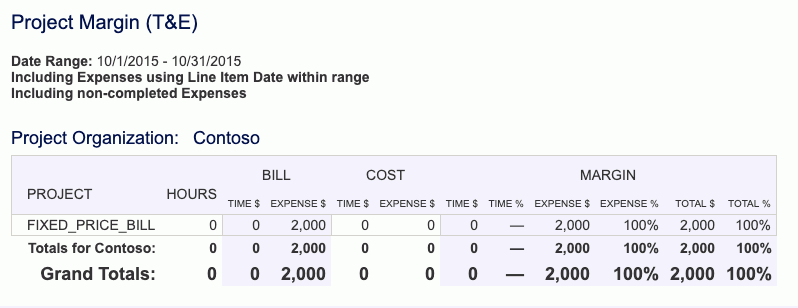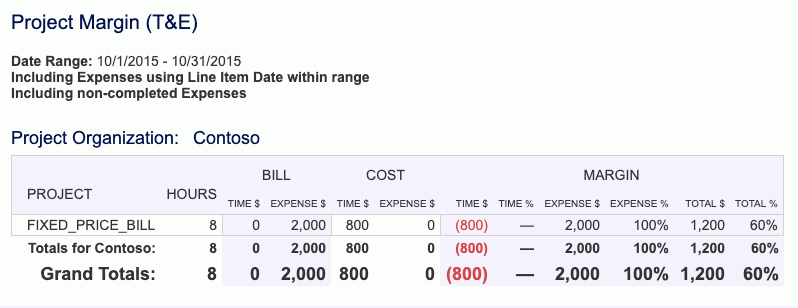|
|
|
|
Note: With the introduction of Billing Functionality with Unanet v9.4 - the information on this page may no longer be applicable. This page remains for those legacy implementations that may have used this type of approach.
The great strength of Unanet is its real-time reporting capabilities such as with utilization and revenue estimates reported through actual hours and expenses. Managers, Project Managers and Administrators can, through the 100% web-based system, access many reports to focus the project work and assess the revenue estimates.
To indicate actuals will be billable, you'll need to define”project types” as being ”Billable”. This can be done via the Admin >> Setup >> Project Type screen (selecting the 'billable' indicator on that record). For time and materials projects, the setup is straightforward. You specify a billable project type when entering the time and expense actuals.
For fixed bill or progress payment projects, this can be handled in a number of ways. One approach is:
As a one-time setup activity, the administrator sets up an expense type of Fixed Bill and a Project Type of Bill (or whatever value that would reflect a billable project type for your organization). This BILL project type would have the 'billable' indicator enabled. The administrator would also define a project type of NB (Not Billable). The NB project type would not have the 'billable' indicator checked.
When establishing end user assignments to the project, the resource assigner would create assignments having a $0.00 bill rate for users. Thus, time actuals charged to the project would show up as having a $0.00 impact on the billable amount (since the billable amount will be otherwise handled).
During the course of the project, the project manager would enter the amount of the fixed billing or the progress payment as a Unanet expense report line item when it is due to be billed. This expense line item amount would be charged to a project type of BILL. The project manager would then enter a second expense report line item for the same amount (only negative) and specify a project type of NB to essentially zero out the cost side of the expense amount.
Here are a few screen shots to help illustrate this approach:
Add an expense report line item for the full amount of the Fixed Price project against the BILL project type. In our example, the fixed price project is $2000.

This will add $2000 to the Billable charges for the project and $2000 to the cost charges, making the margin $0.

Next, add a non-billable expense report line item to the project of -$2000, being sure to charge this second line to an NB (non-billable) project type.

This will have no impact to the billable charges for the project, but will reduce the costs by $2000 as illustrated in the Margin Report below.

If users enter time against the project, it will reflect in the Total of the Margin report. In this example, one user entered 8 hours at a cost rate of $100 per hour. No amounts are reflected in the "Bill" section related to time (because the assignments had a rate of $0.00 and/or the time was entered against an NB project type).

Another way to handle fixed bill or progress payments, is to tell the people on the project that they can only bill as many hours as it is necessary to meet the fixed billing or progress payment in the period. Any other hourly charges would go to a NB project type that is set to be ”Non-Billable” by the administrator.
By setting up the projects appropriately, project managers, managers, and executives can run real-time reports to assess the utilization and billed to date amounts not only for the current period but for prior periods.
Note that Unanet also provides for entering budget amounts at the project and task level. Project managers can use Budget Variance Reports to tune the project as it progresses.